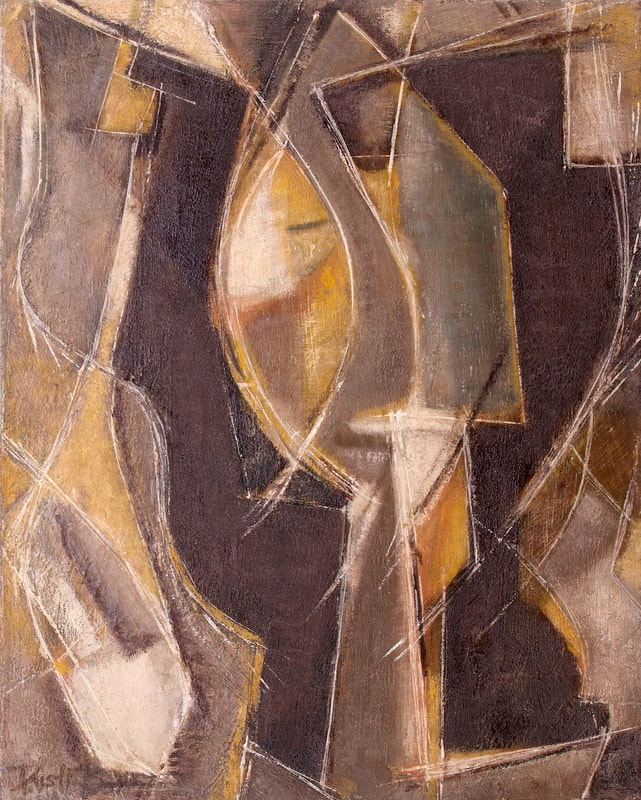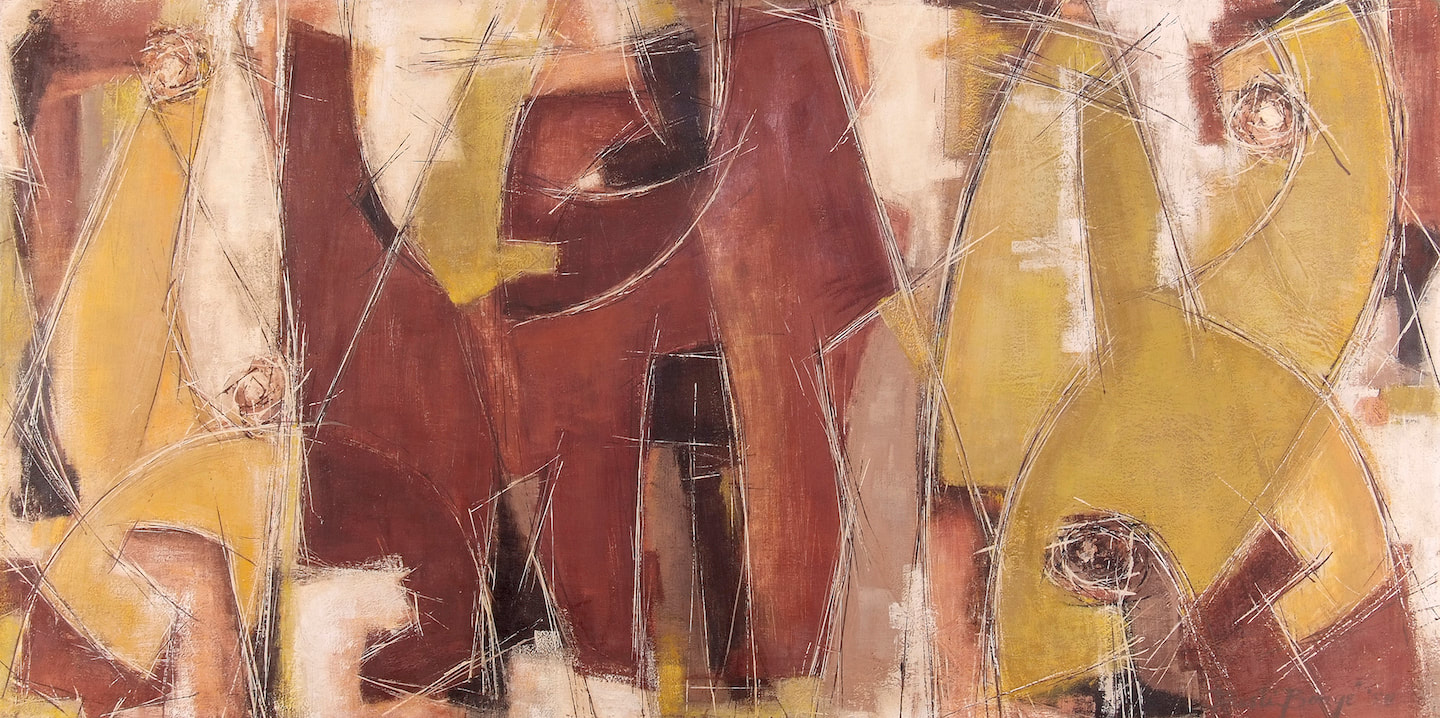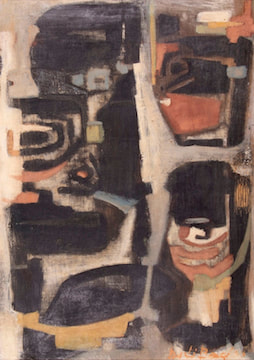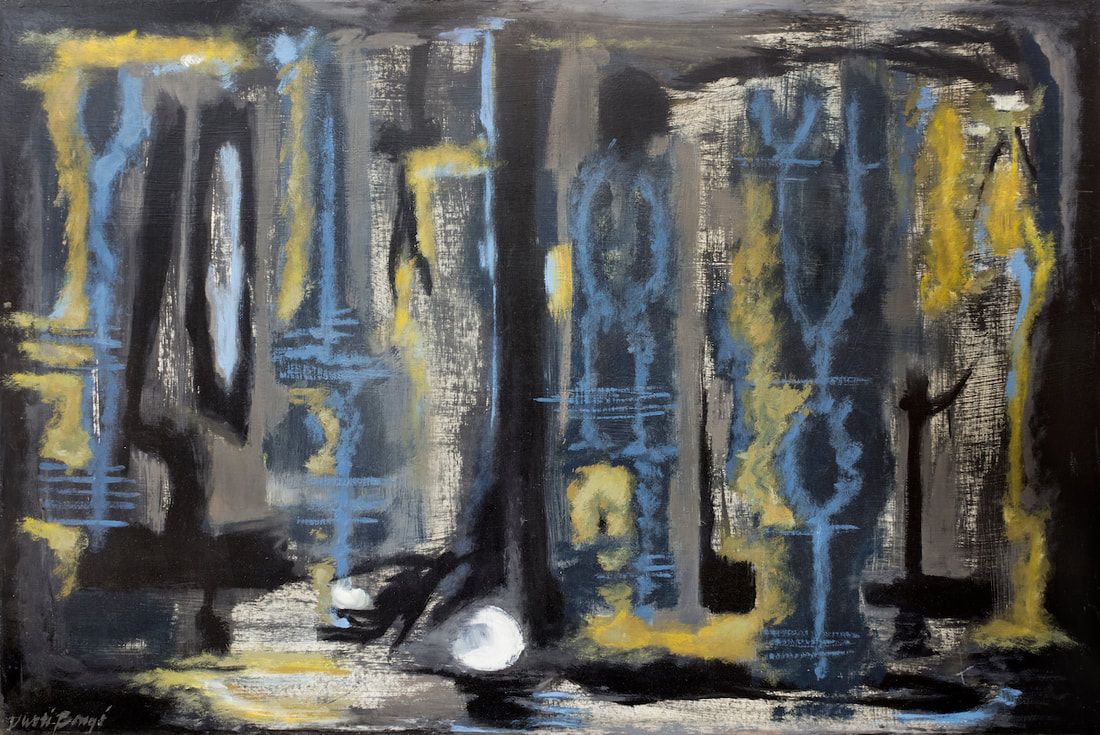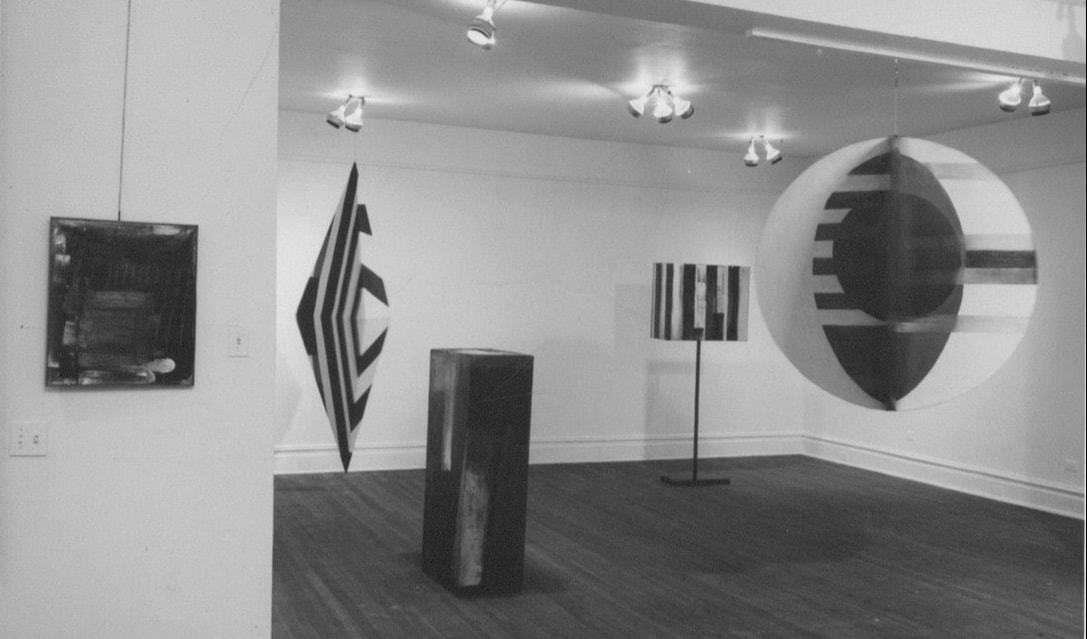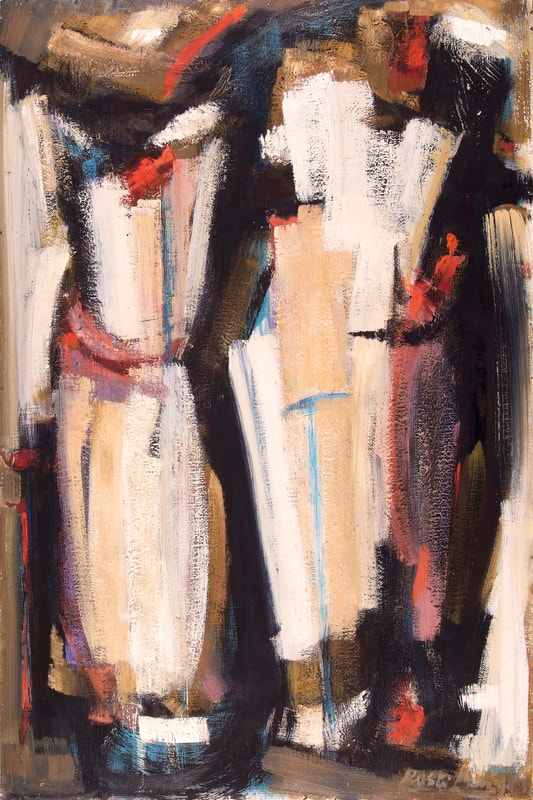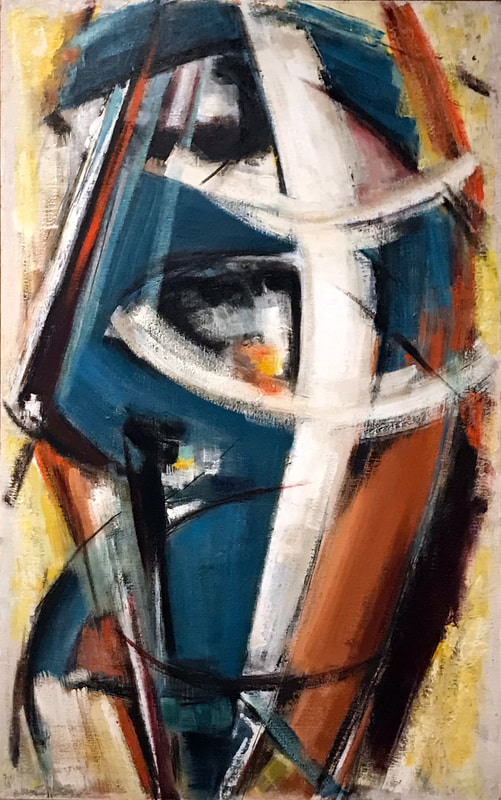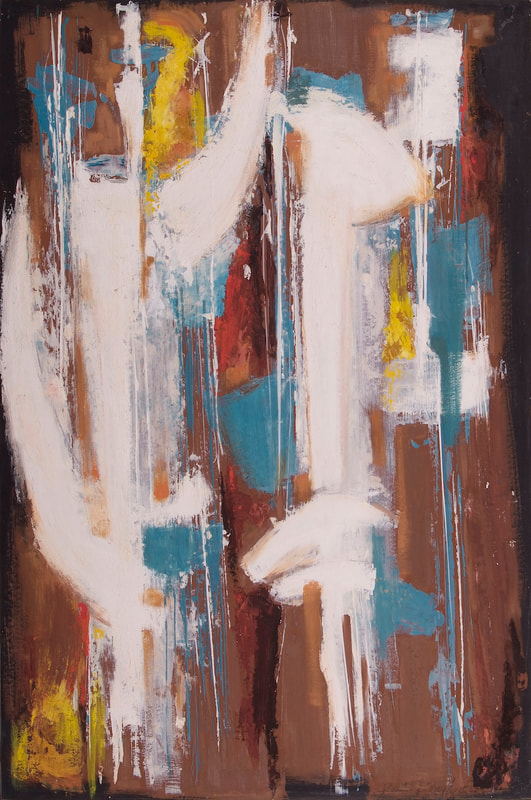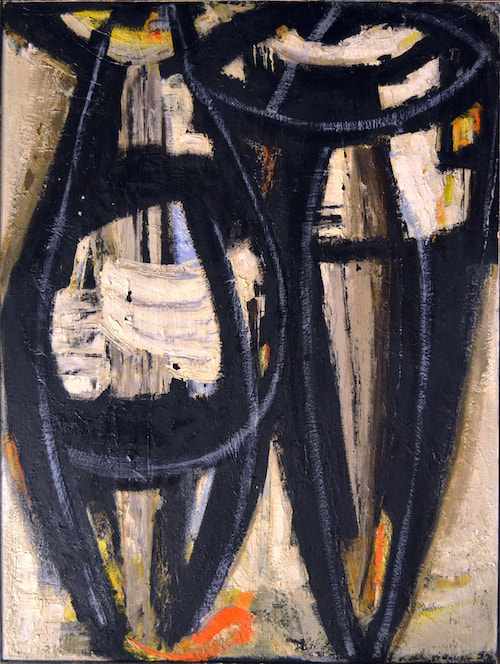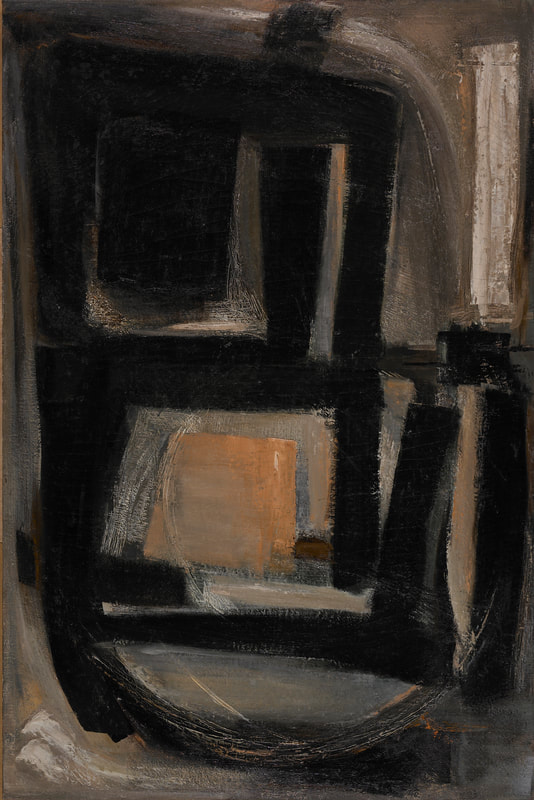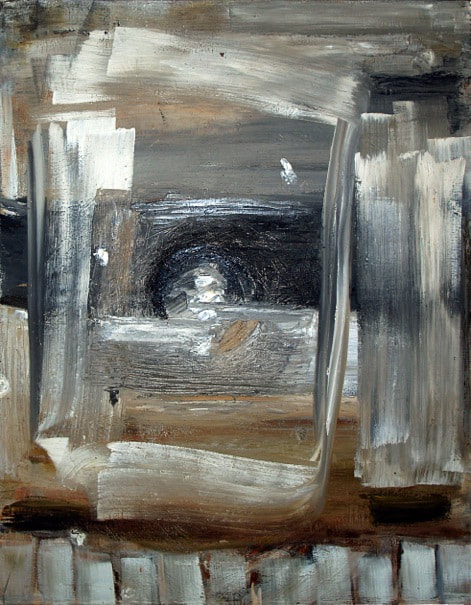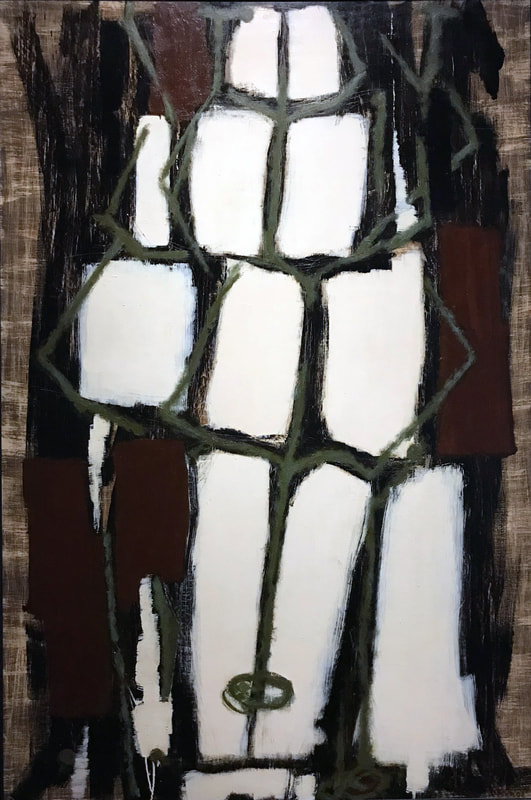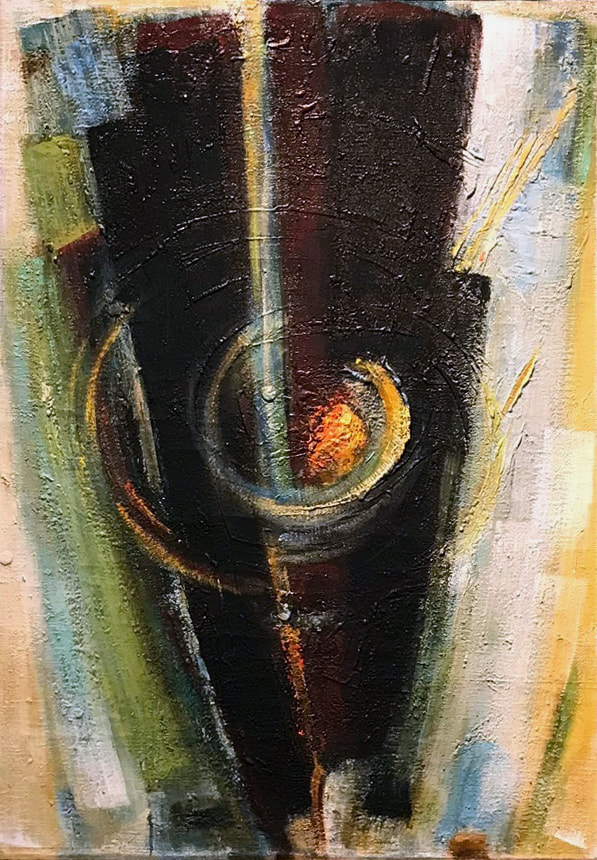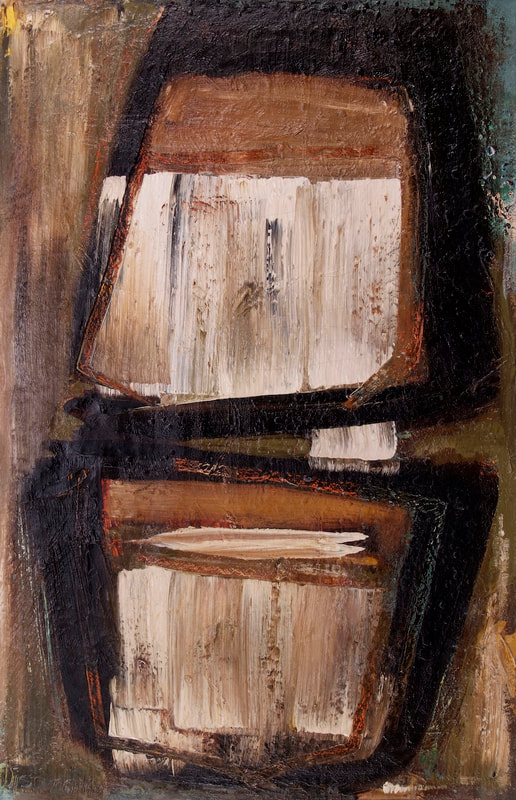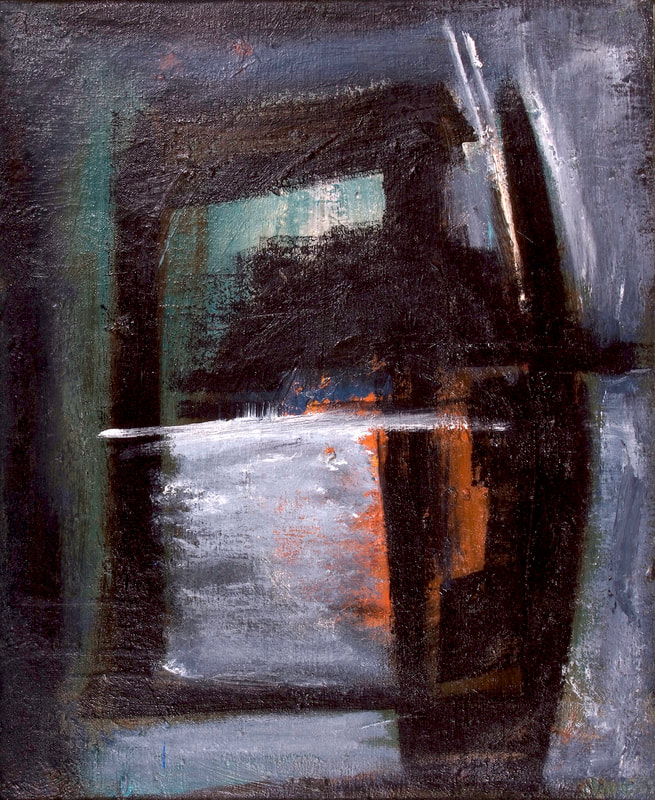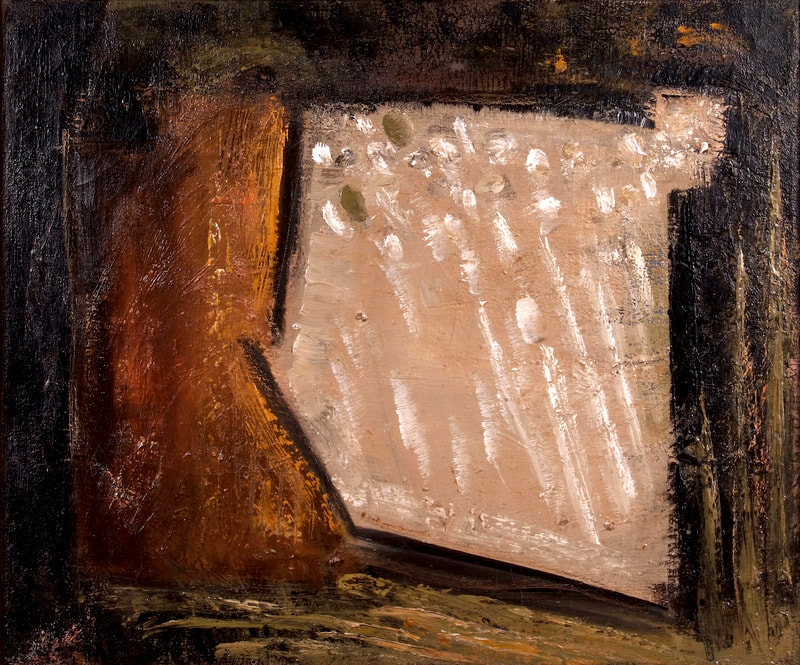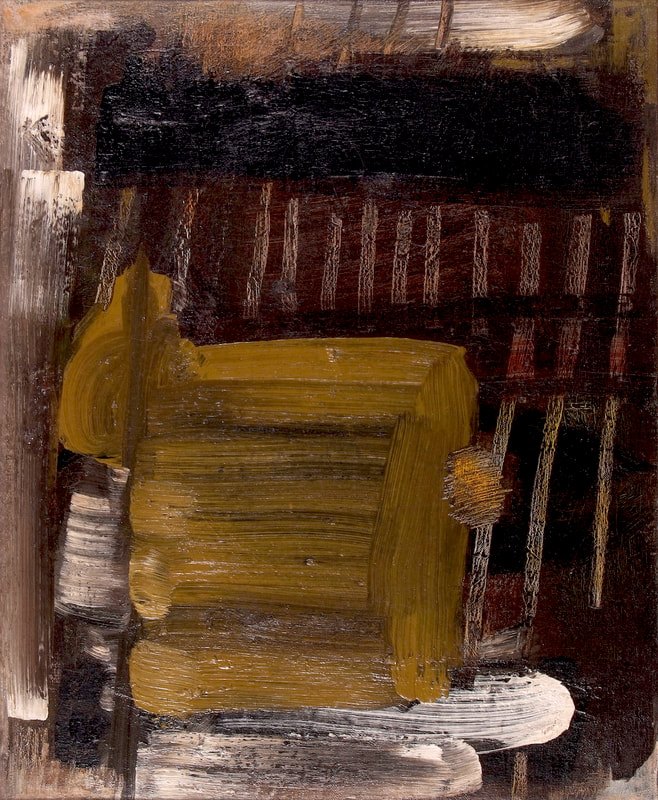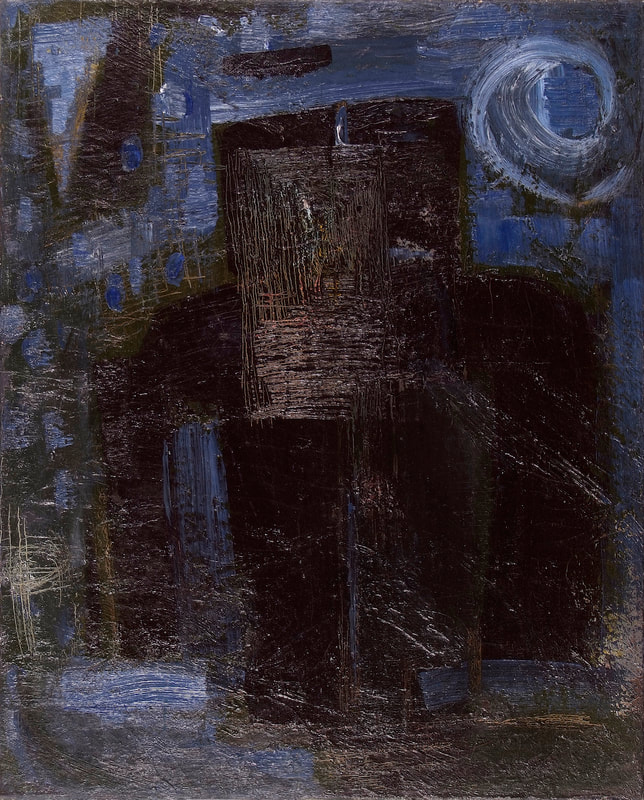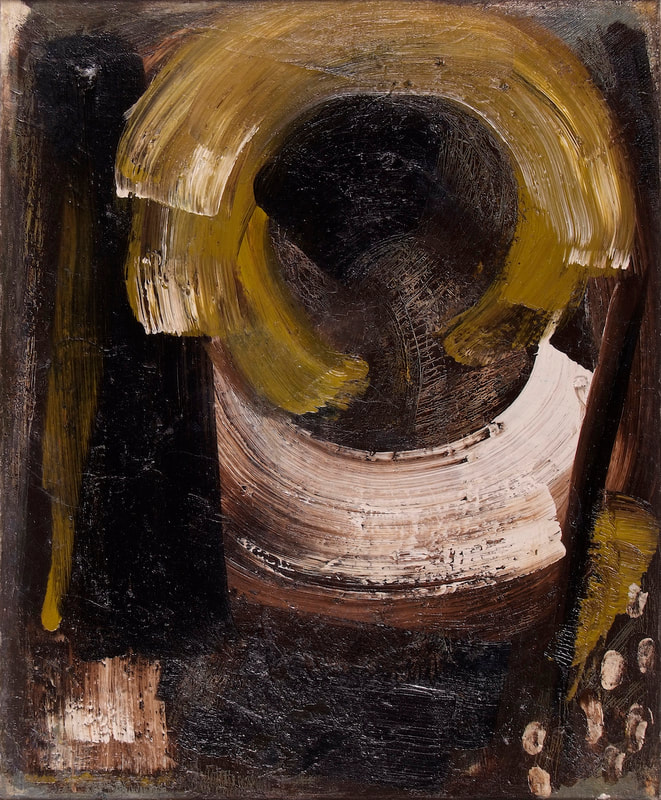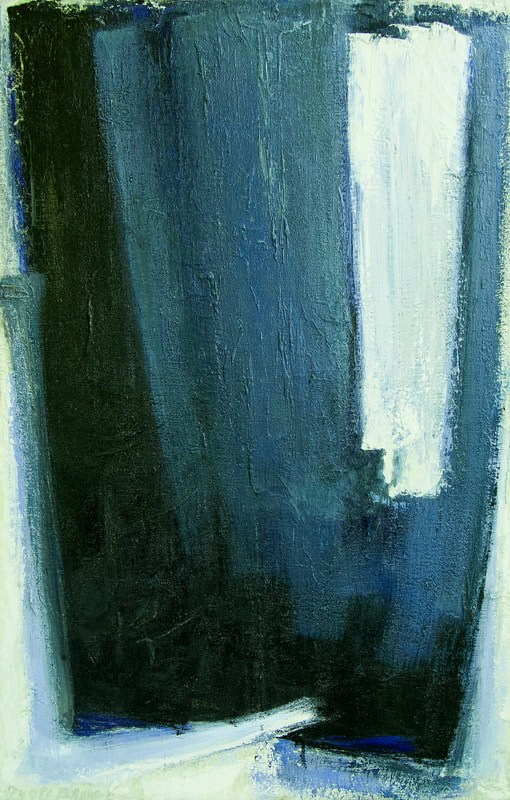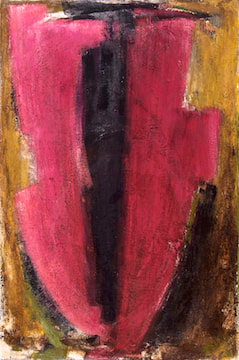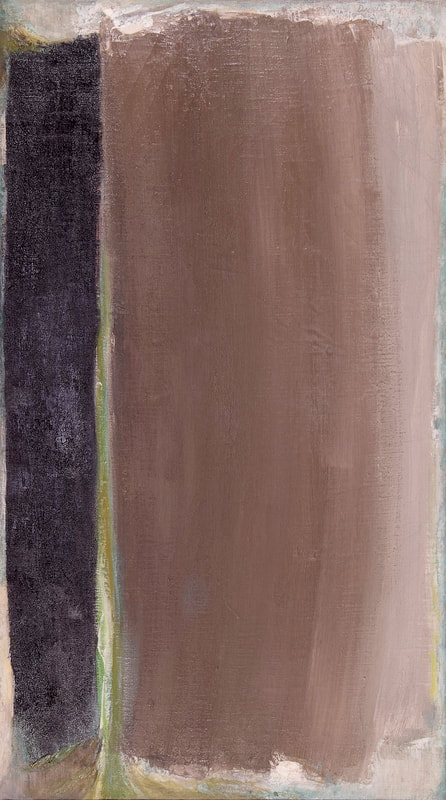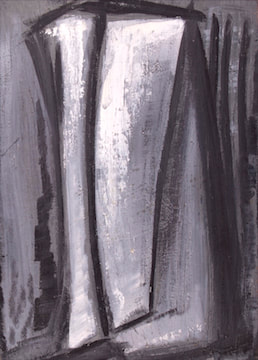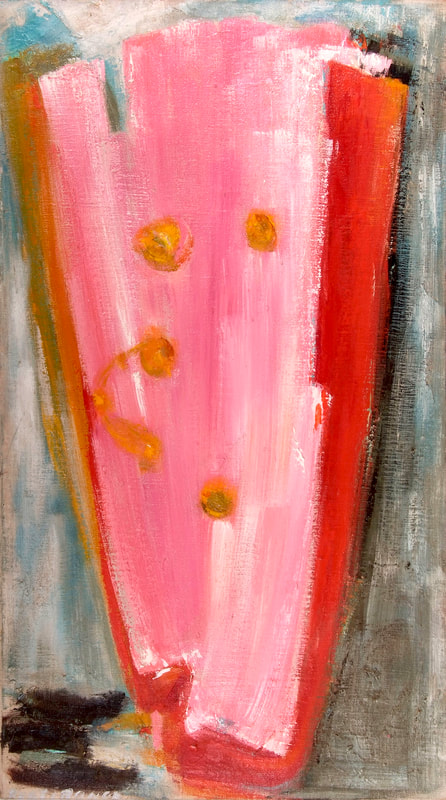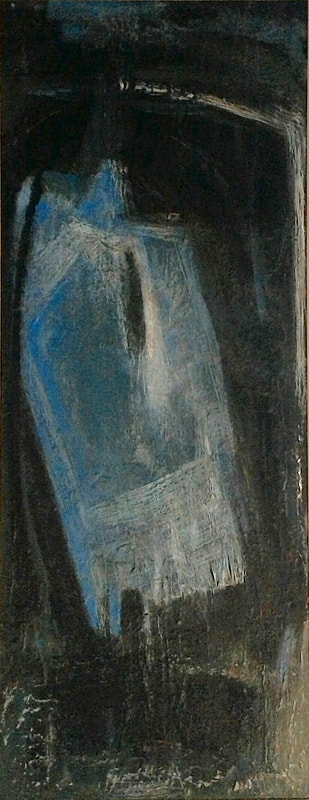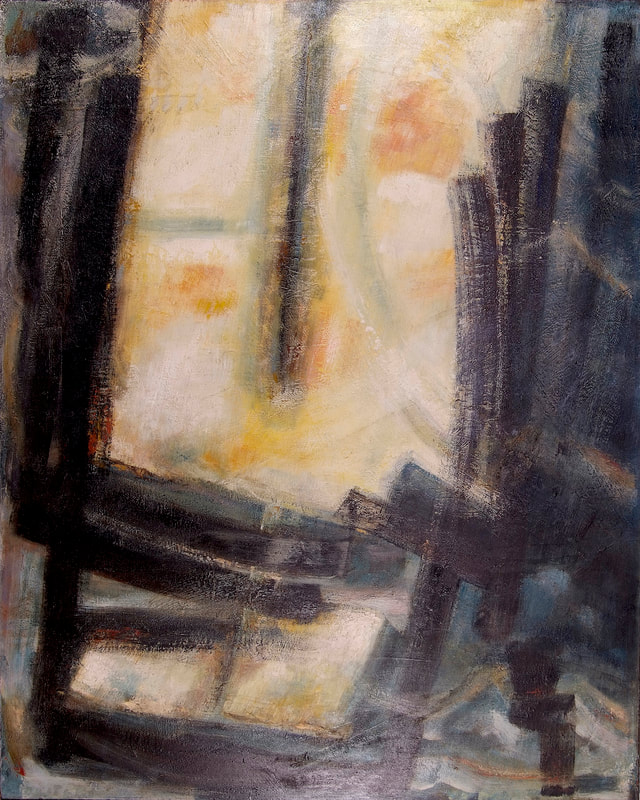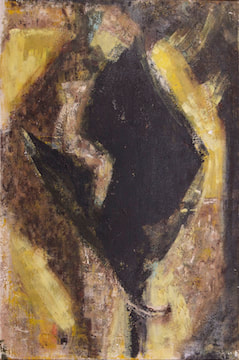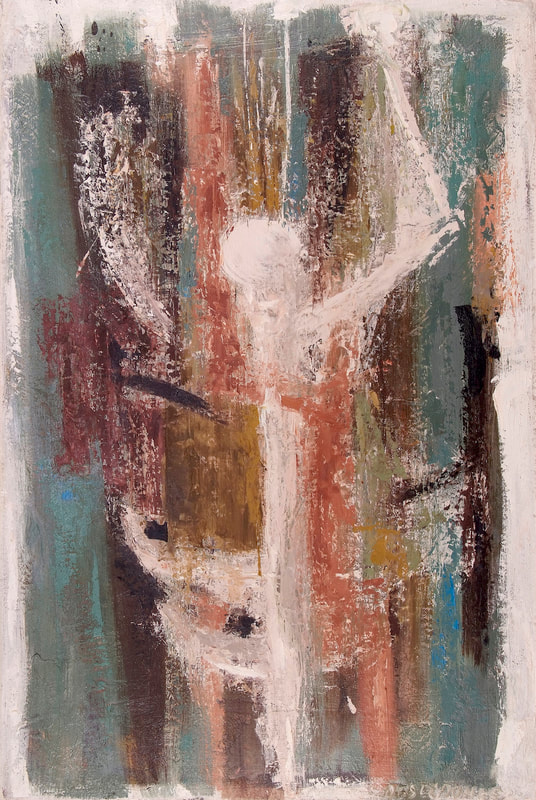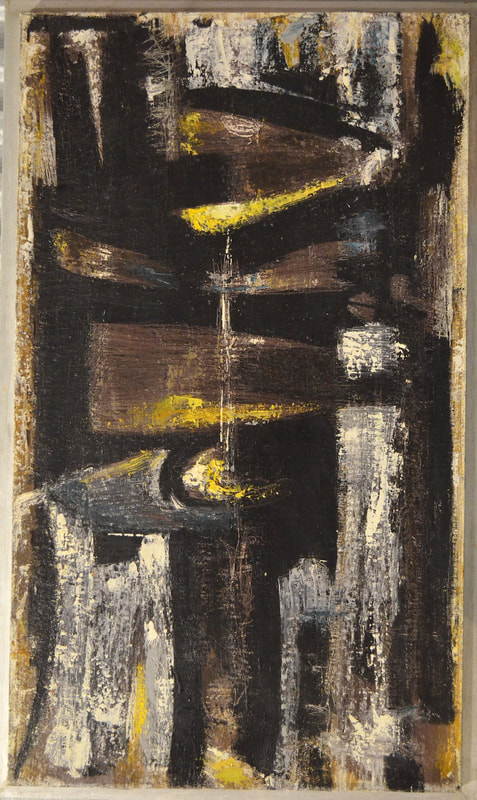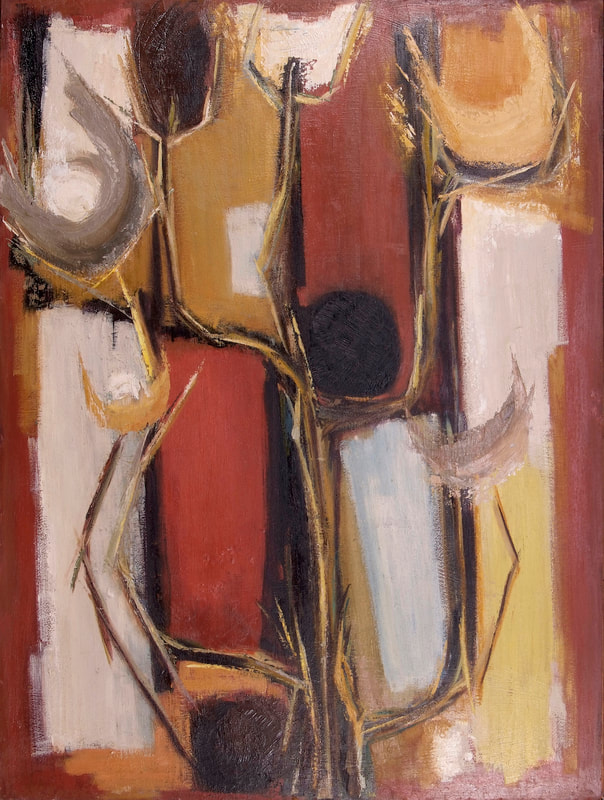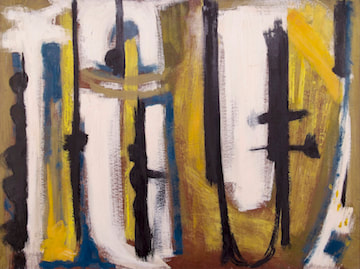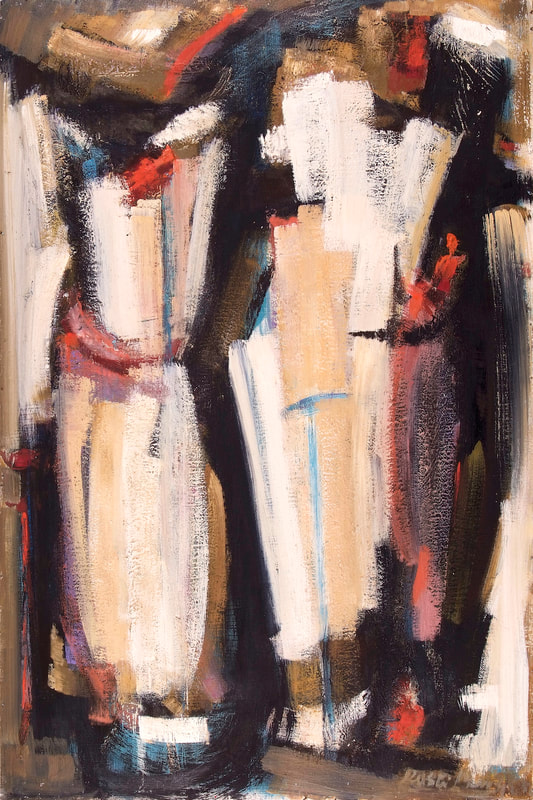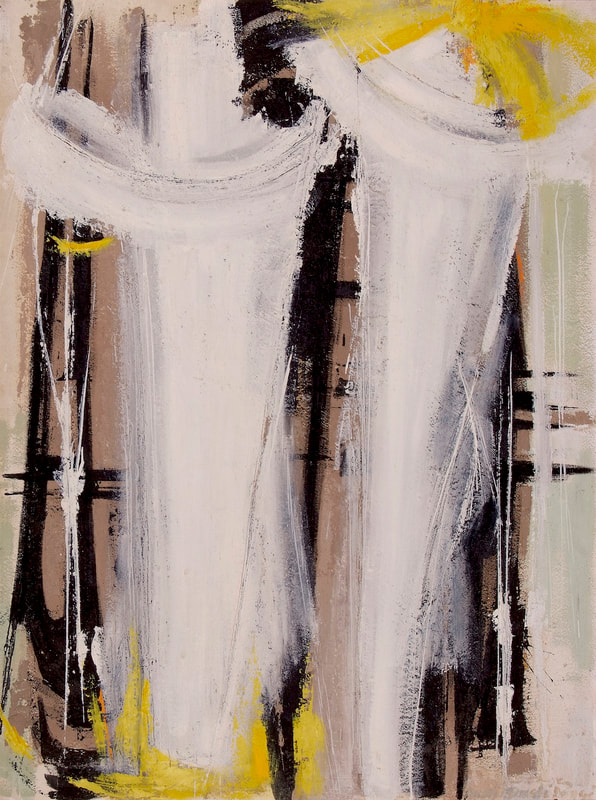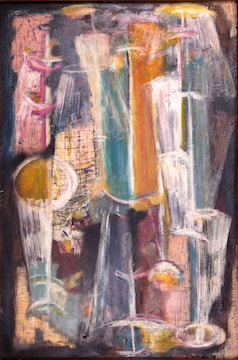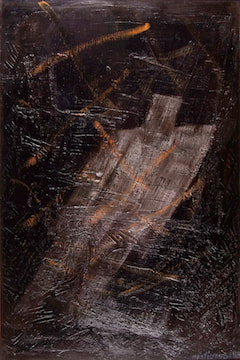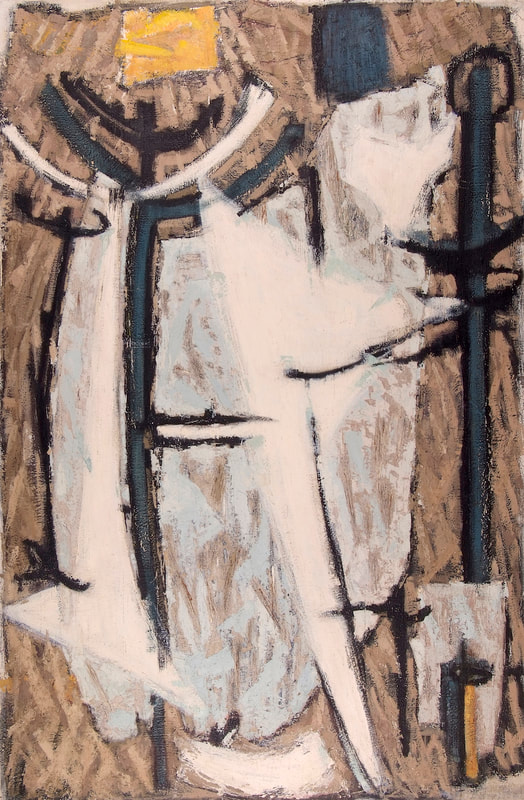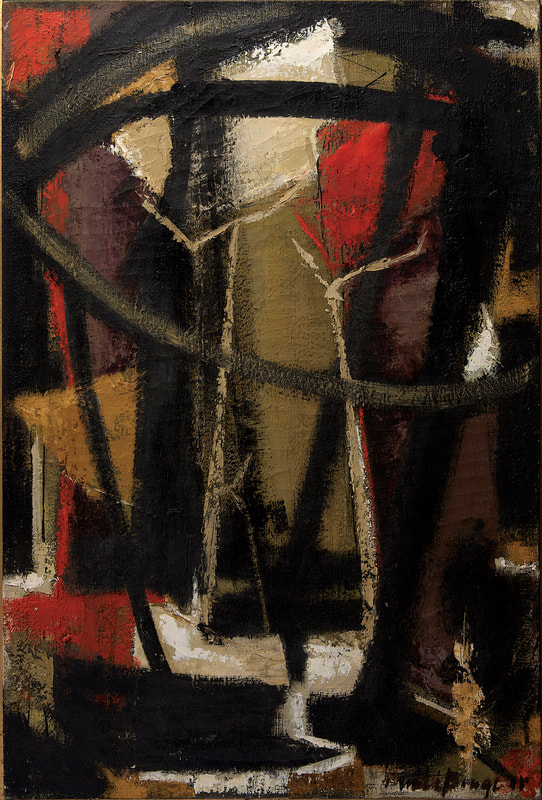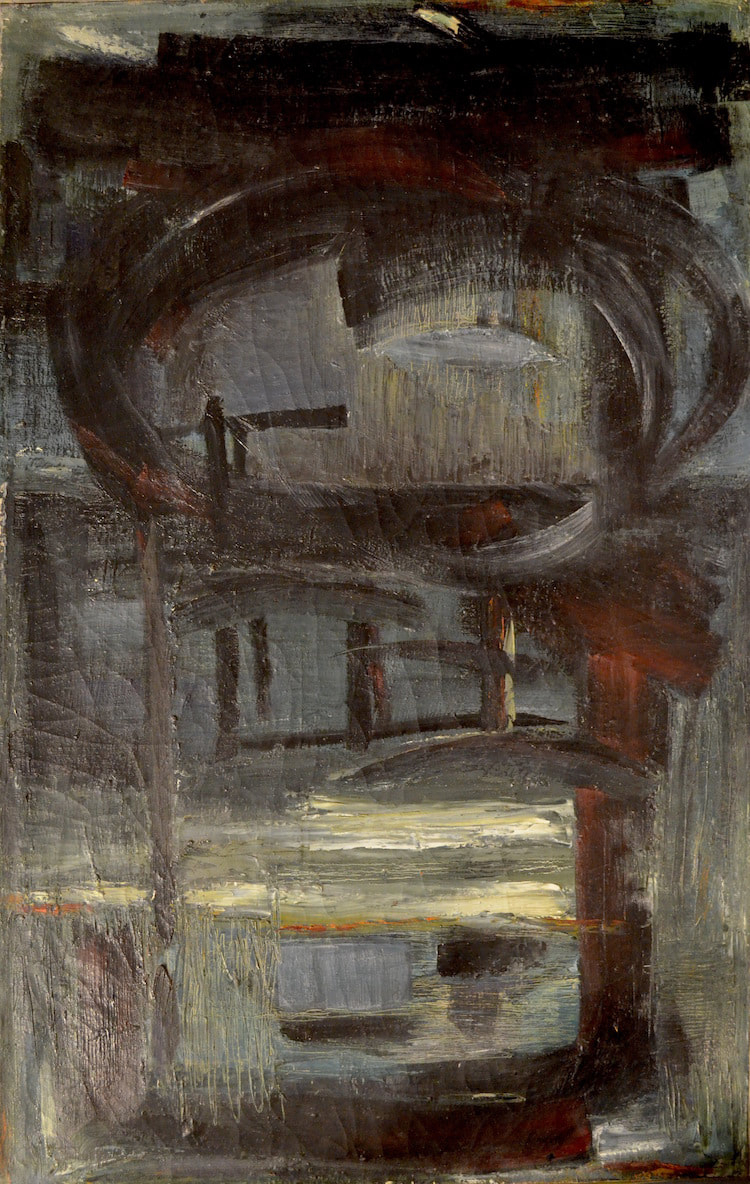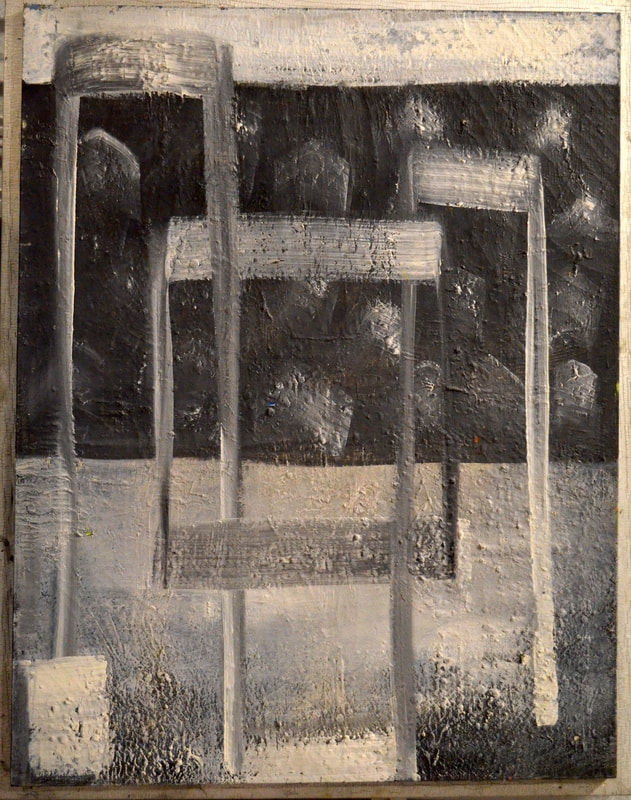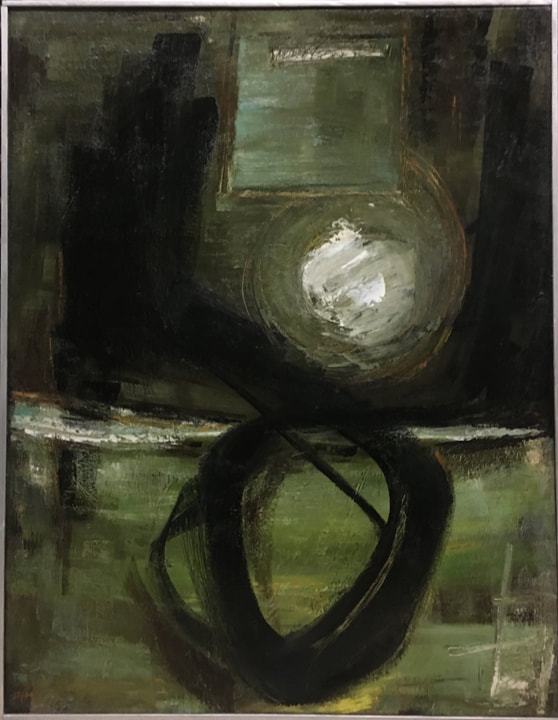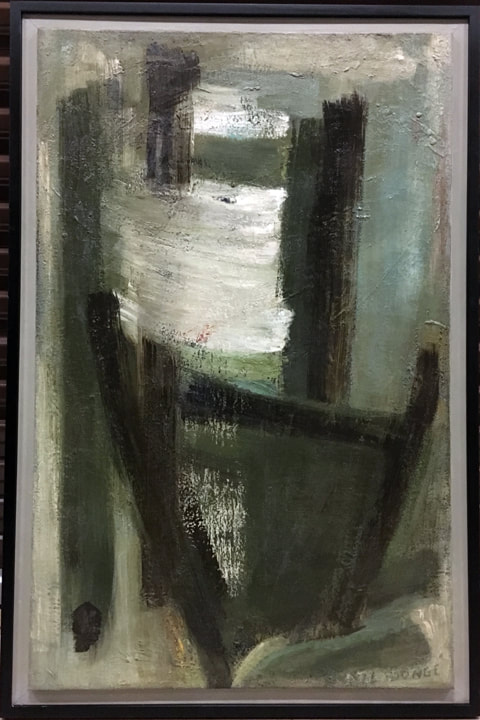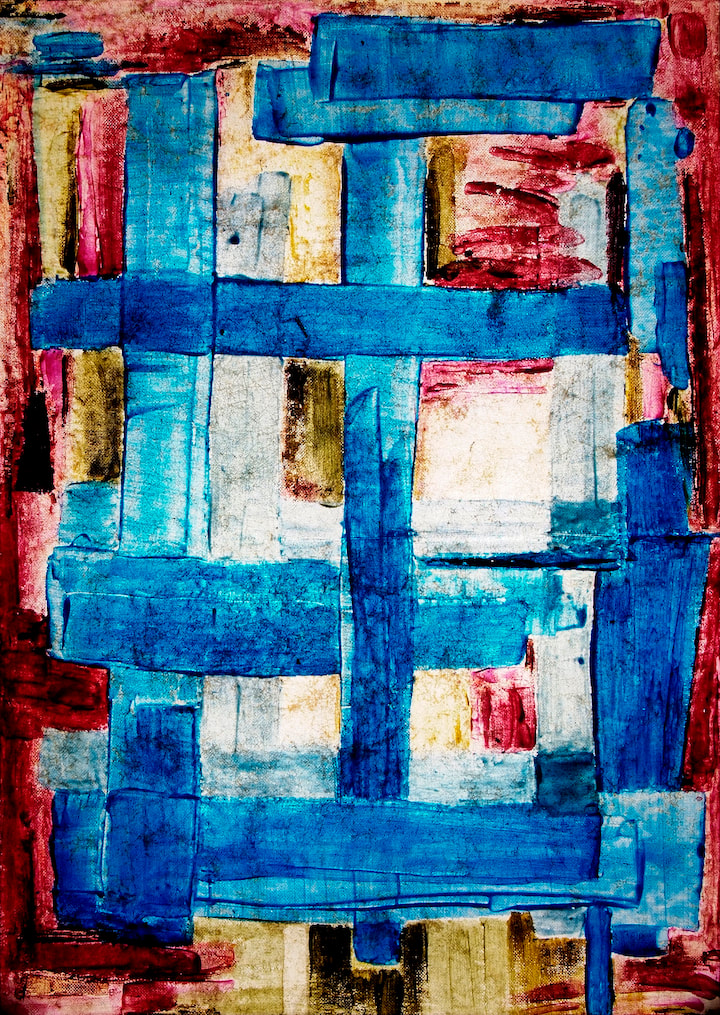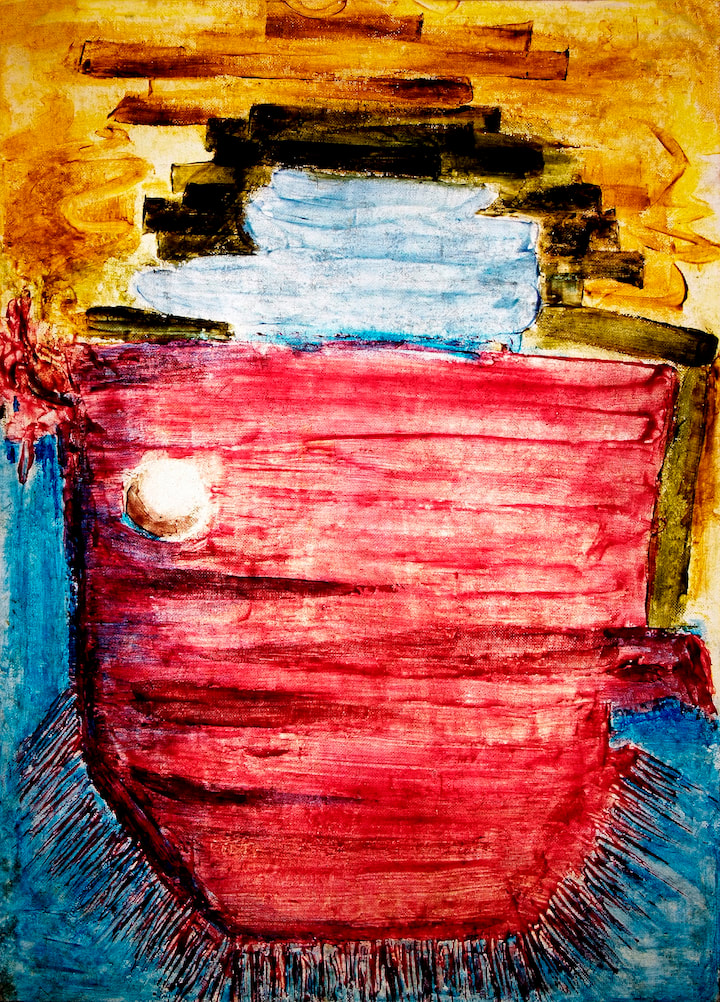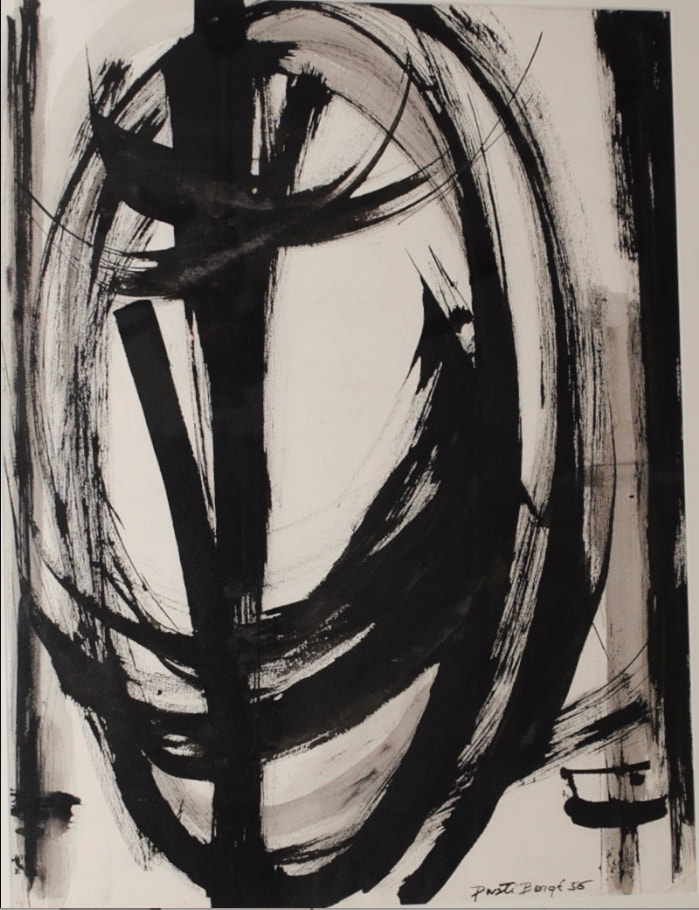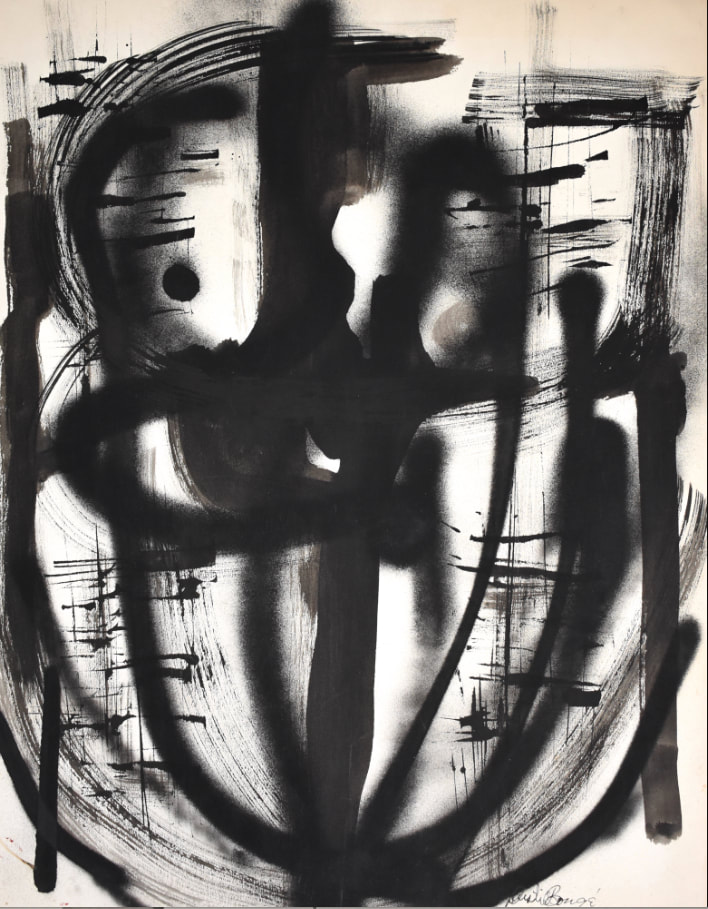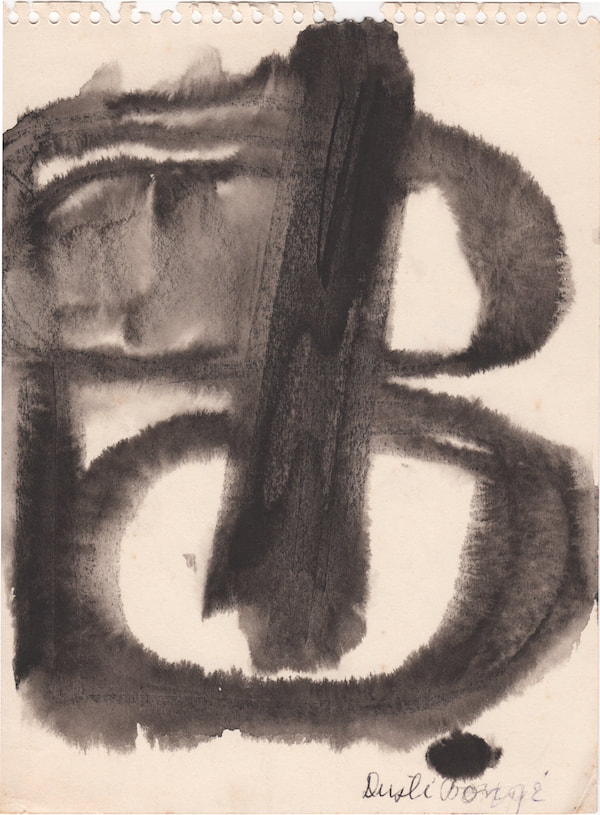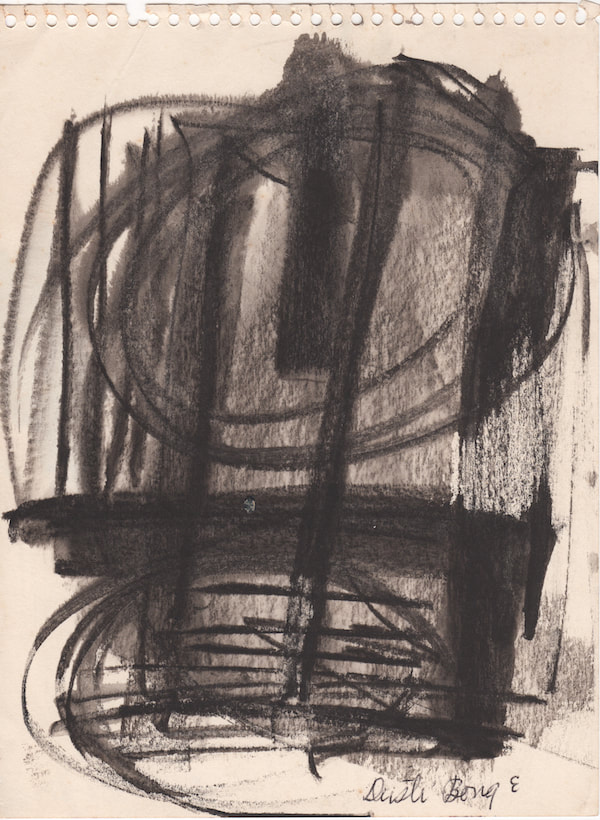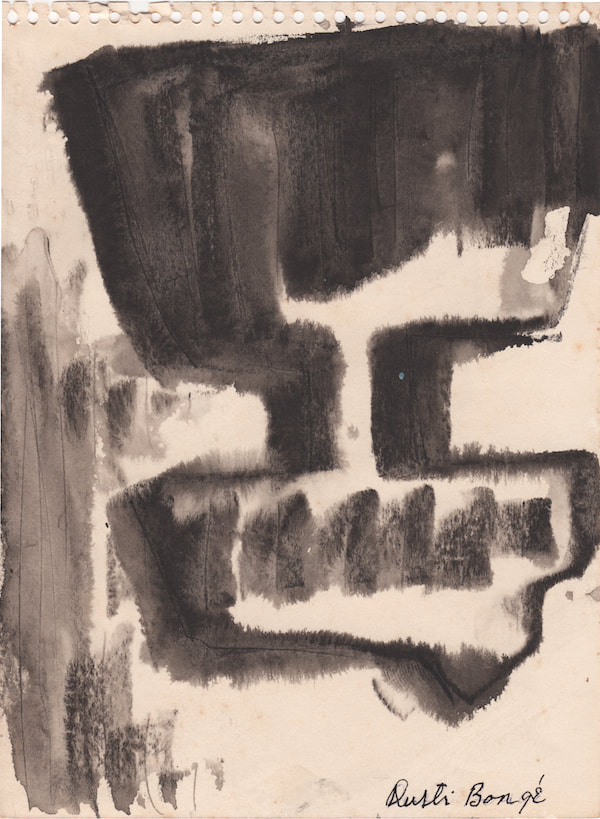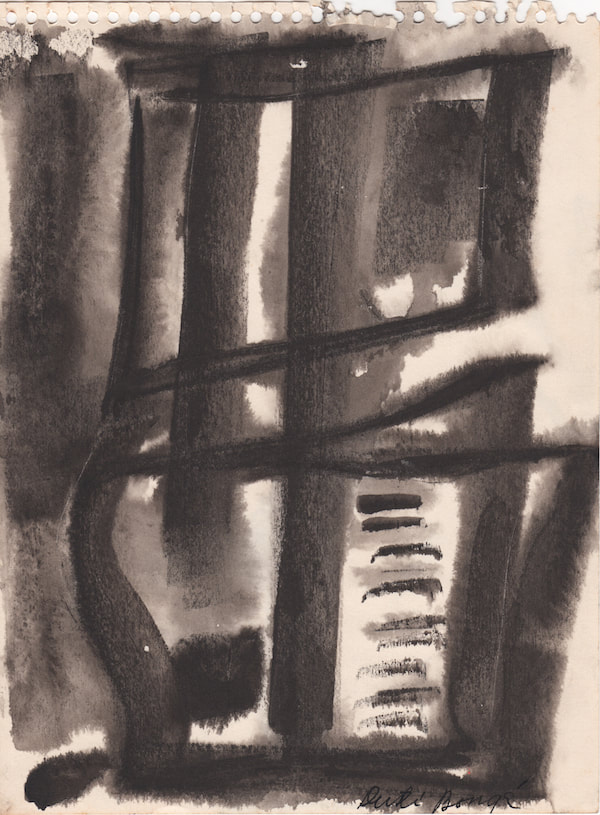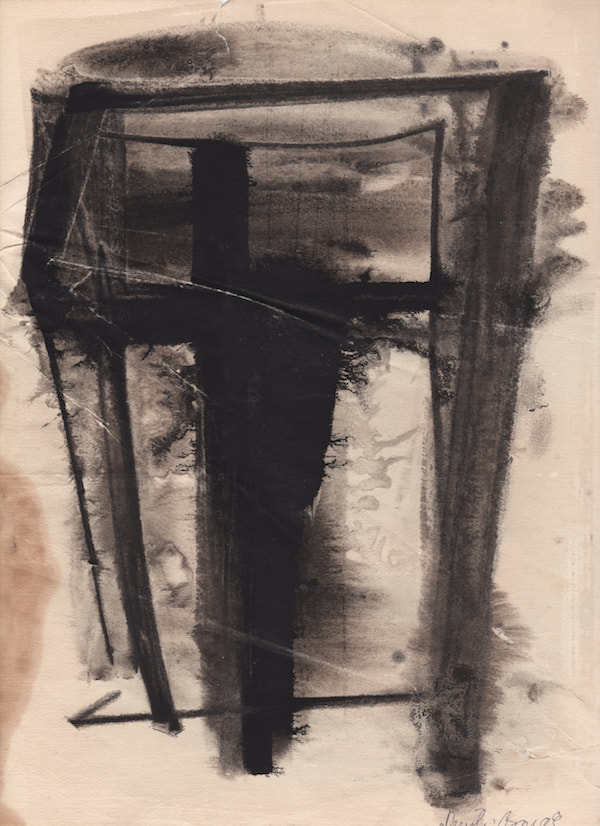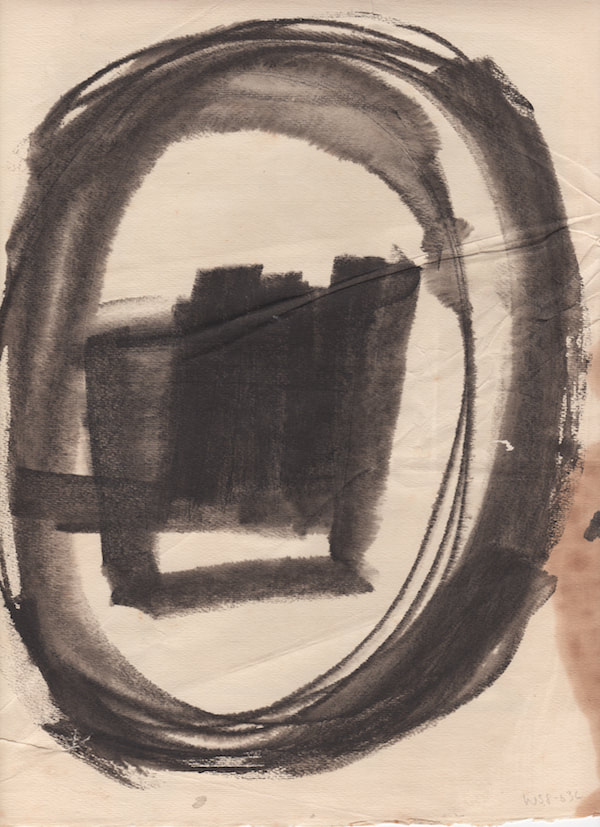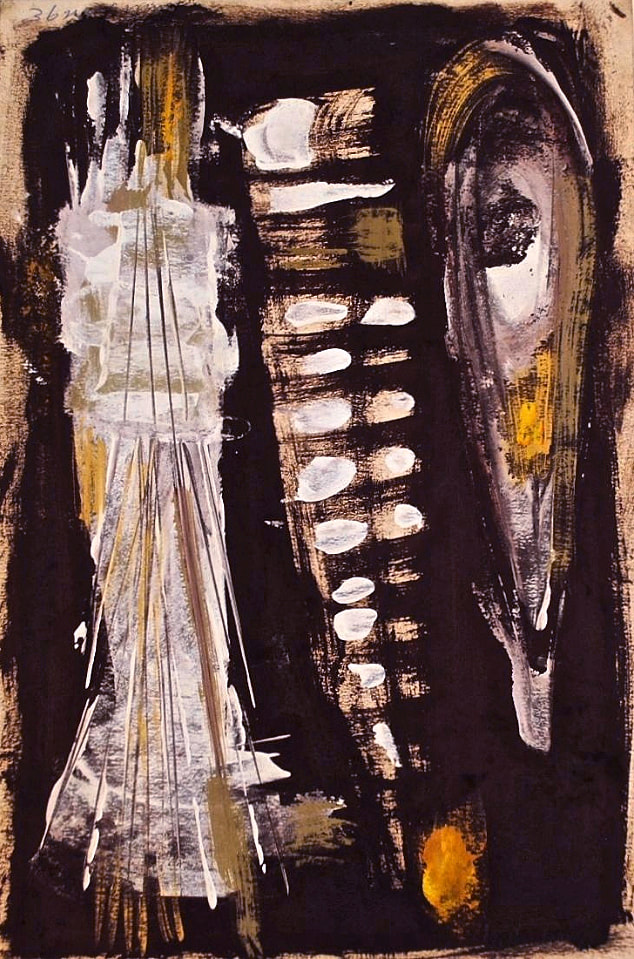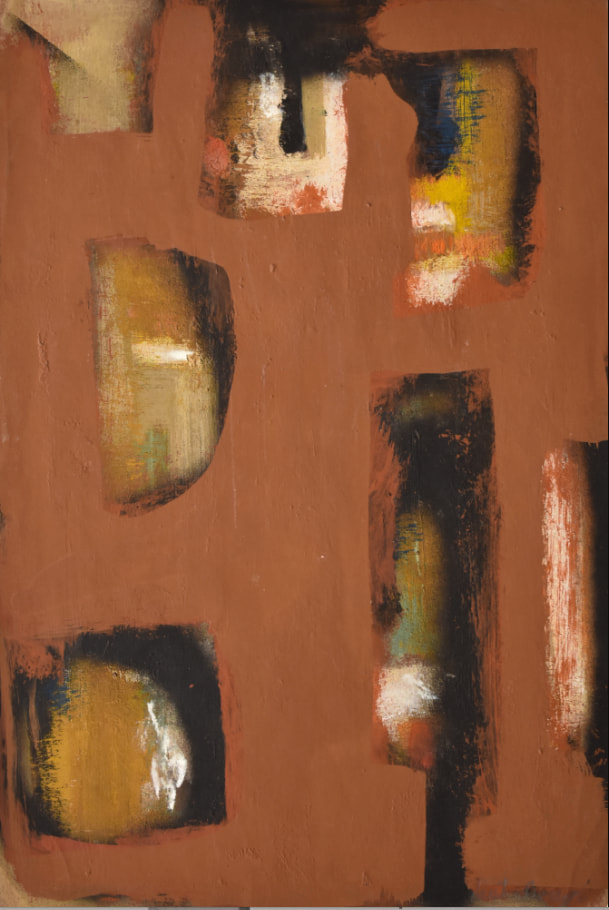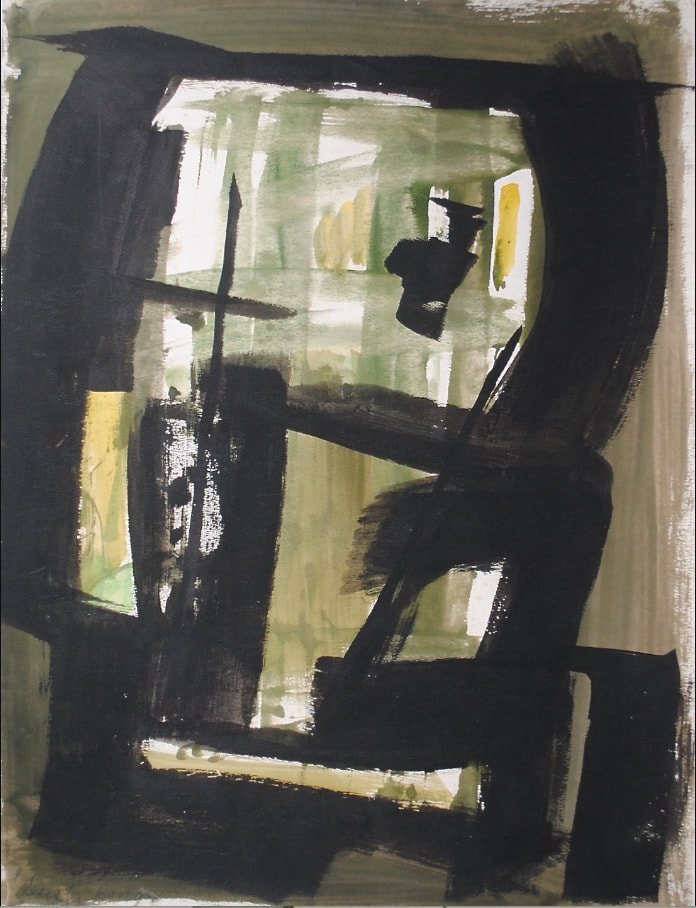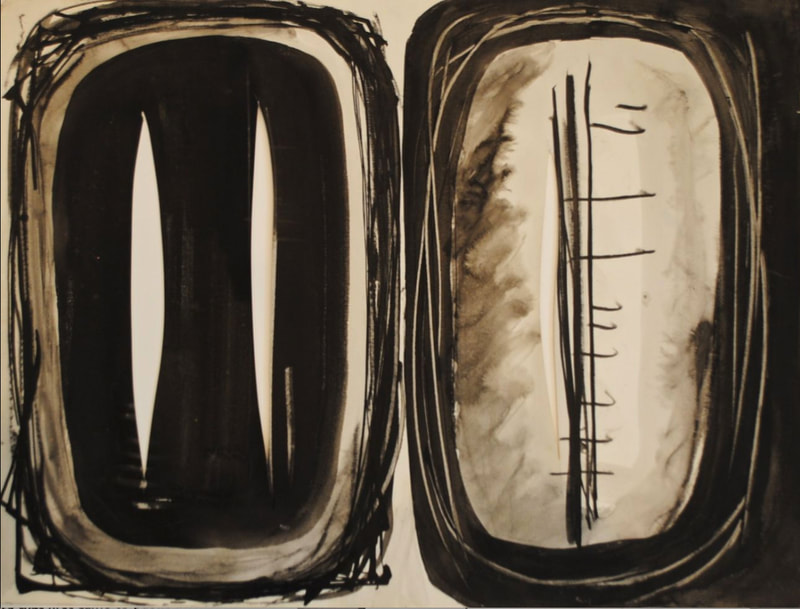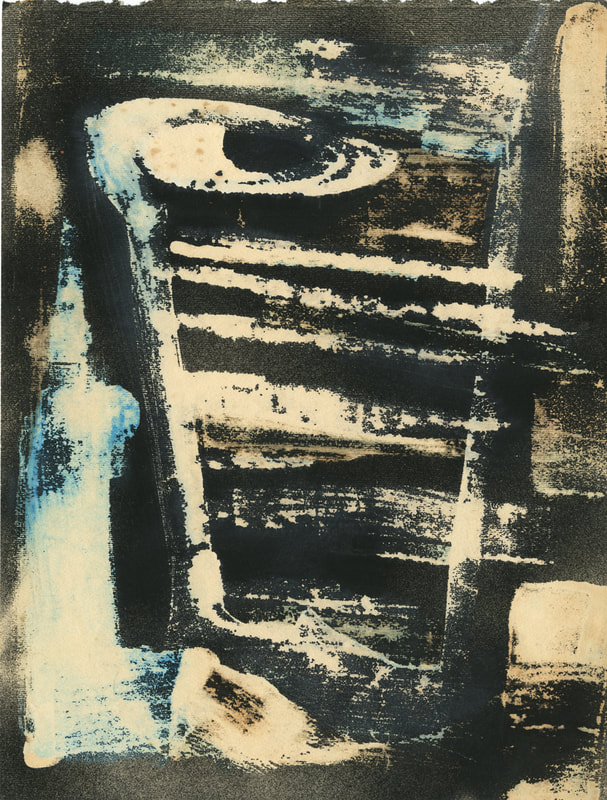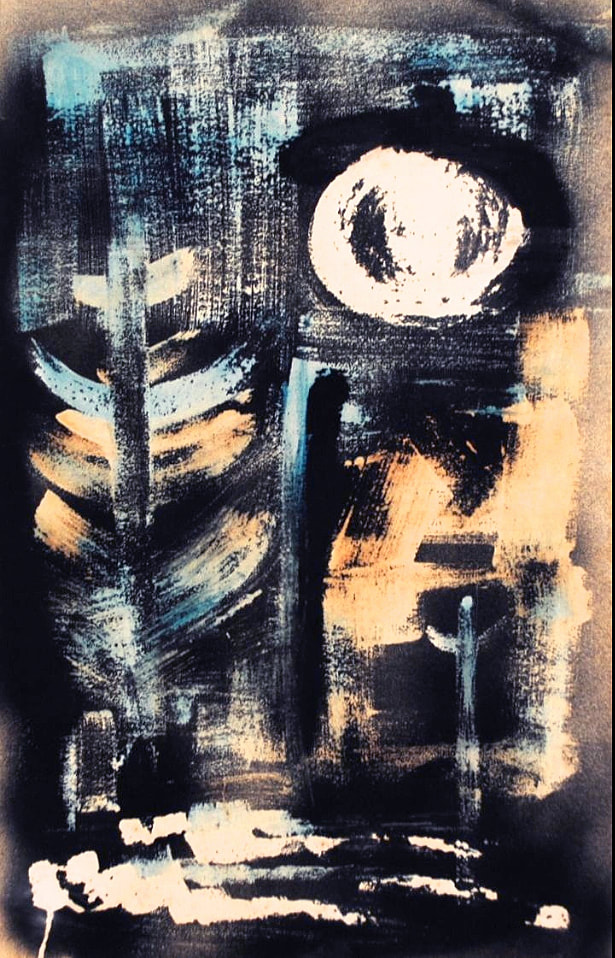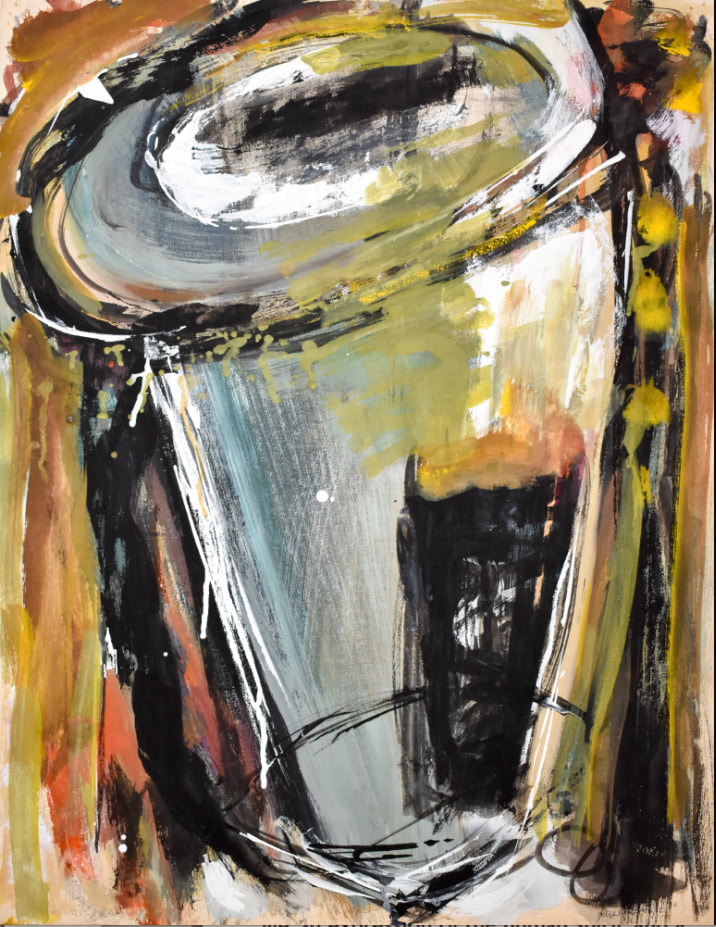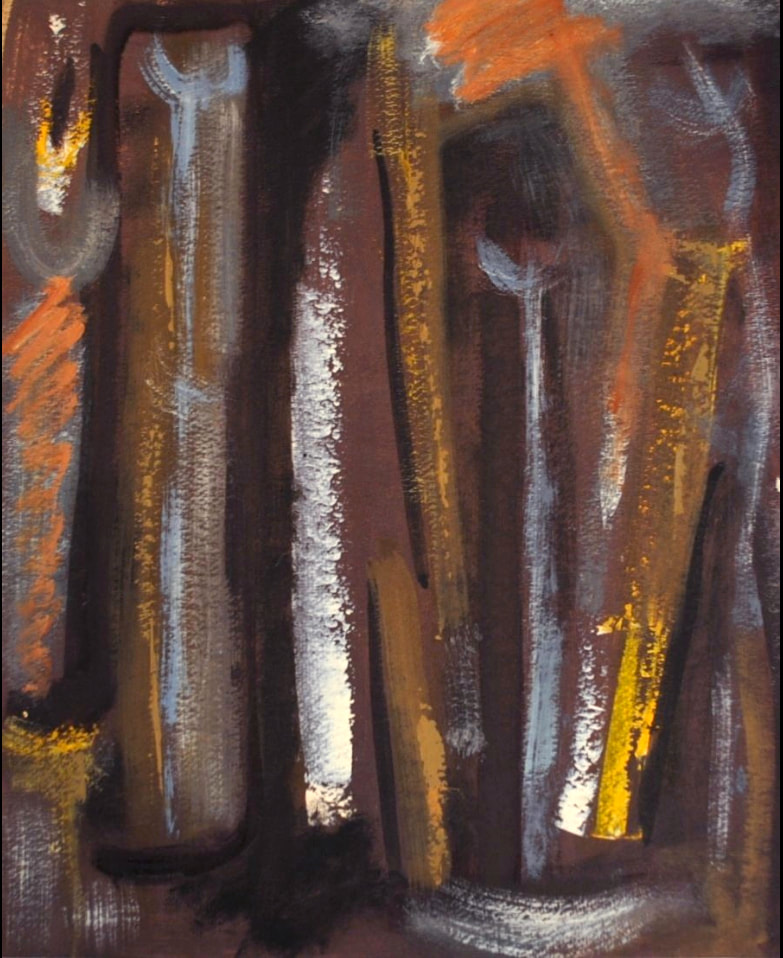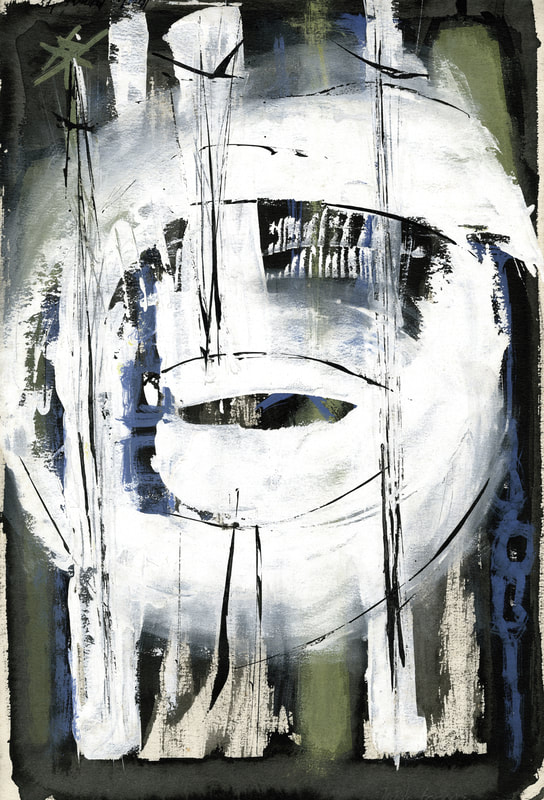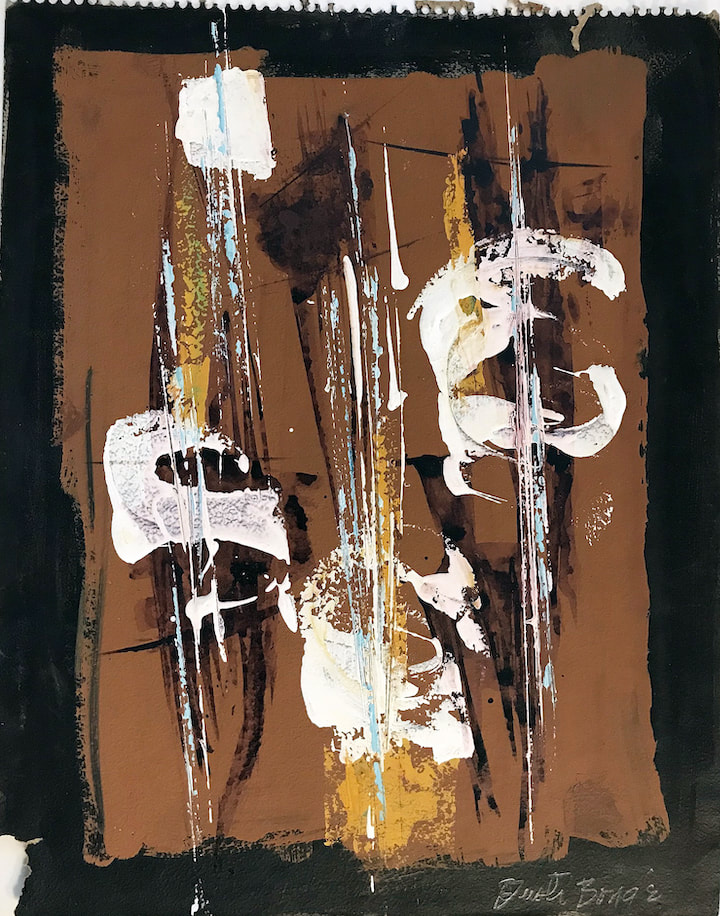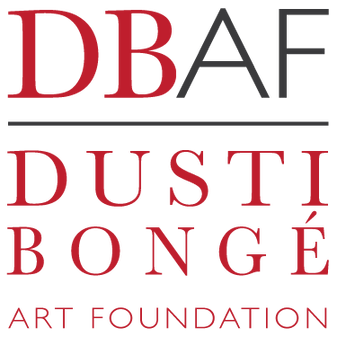|
,
Abstract Expressionism (1955 - 1980) The years from 1953-1956 marked a crucial transitional period in Bongé’s work as she moved from her Surrealist explorations into fully abstract work. All representational traces disappeared and were replaced with bold colors, broad strokes, strong gestures, and richly textured paint surfaces. By 1955 Bongé had embraced the bold, gestural, expressionist painting that dominated American art of the period. Her work exhibited the quintessential spontaneous, expressive, and improvisational hallmarks of Abstract Expressionism (AbEx), with its rich array of colors, use of large brushes and sweeping gestural marks. Indeed, Abstract Expressionism ultimately became the artistic style in which she found her greatest satisfaction. Meanwhile, the Betty Parsons Gallery (one of the most prestigious galleries of Abstract Expressionist art in the nation) had opened in New York in 1946. Betty Parsons, herself an artist, is credited for her major role in the early promotion of Abstract Expressionism in the art world at large. Dusti Bongé forged a friendship with the AbEx dealer, who would represent her for many years. Parsons gave Bongé her first solo exhibition in April 1956. Her association with the Betty Parsons Gallery lasted from 1946 to 1975 when she had her final show at the gallery. The two remained friends right up to the end. Bongé continued to work in her Abstract Expressionist style throughout the 1960s and into the 1970s. During these years she experimented with color, space, and material. She did a range of works in a somewhat darker palette, including some powerful monochromatic works on paper. She created three-dimensional paintings or "shape paintings" that extended the canvas into space and could be viewed from various perspectives. In the 1970s she developed a series of “pictures for windows”, created with pigments on fiberglass, which were featured in her 1975 show. These paintings with their translucent nature could be installed in front of windows, filtering and transforming the incoming light. |
|
© 2023 Dusti Bongé Art Foundation, Inc.
For personal and/or educational use only. Text and images of any works of visual art or any other images contained on this website may not be reproduced, downloaded or modified in any form without the express written permission of the Dusti Bongé Art Foundation. Nothing contained in this website shall be construed as conferring any license or right to any copyright on this website. All artwork, images, writings, and statements by Dusti Bongé are © Dusti Bongé Art Foundation, or © Paul Bongé.
|
